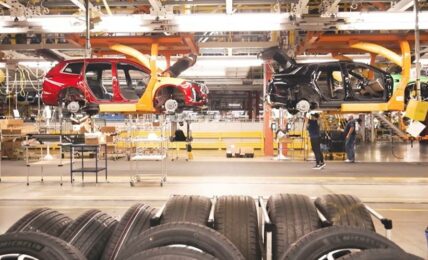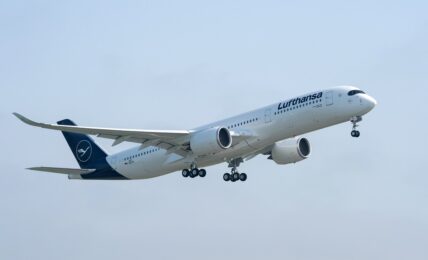Airlines in the EU will be required to begin paying for excess carbon emissions, under a new agreement reached by the European Council and Parliament, aimed at aligning the EU’s aviation section with its climate goals.
The agreement, revising the EU Emissions Trading System (EU ETS) rules on aviation, forms part of the European Commission’s “Fit for 55” roadmap, the EU initiative to cut greenhouse gas (GHG) emissions by 55% by 2030, compared to 1990 levels.
The European Emission Trading System forms one of the EU’s key policy tools addressing climate change, putting a price on carbon emissions. The system works on a cap and trade basis, setting a cap limiting the amount of greenhouse gas (GHG) that can be emitted by companies each year, and a fixed number of carbon emissions allowances are issued annually, with companies required to hold enough allowances to cover their emissions and ensure they fall under the cap, and able to trade allowances with one another as needed.
While airlines in the EU are currently provided with free allowances to avoid paying for carbon emissions, the new deal, applying to intra-European flights, as well as flights departing flights to the UK and Switzerland, will phase out these allowances between 2024 and 2026, with allowances becoming fully auctioned in 2026.
With the new system in place, the aviation industry “will have a greater responsibility to pay for its carbon footprint,” according to a statement by the EU Commission, providing an economic incentive to reduce emissions.
While the revisions to the EU ETS system do not include long-haul flights, which remain subject to the Carbon Offsetting and Reduction Scheme for International Aviation (CORSIA), the agreement requires the EU Commission to review CORSIA in 2026 to determine whether its rules will be sufficient to align the sector with the EU’s Paris Agreement goals.
The agreement also creates a new system for airlines to monitor, report and verify non-CO2 emissions. Aircraft release nitrogen oxides, water vapor, and sulphate and soot particles at high altitudes, which account for a significant portion of their environmental impact.
In addition, the agreement promotes the transition to lower carbon fuels, including a scheme to accelerate the use of sustainable aviation fuel to be financed with revenues from the EU ETS system, estimated at €1.6 billion.
The deal marks a significant step towards the completion of the Fit for 55 negotiations, following three other recent agreements requiring all new cars and vans registered in the EU to be zero-emission by 2035, setting targets for sectors including road and domestic maritime transport, buildings, agriculture, waste and small industries, and increasing carbon removals through land use, forestry and agriculture.
Frans Timmermans, Executive Vice-President for the European Green Deal, said:
“With this agreement, we will make the ETS system more rigorous to create a stronger economic incentive to reduce emissions and in parallel, we will help fuel suppliers and flight operators make the move towards sustainable aviation fuels. Ensuring that emissions in the aviation sector are significantly reduced is a crucial part of the ‘Fit for 55’ equation.”
The post EU Lawmakers Raise the Price of Carbon Emissions for Airlines appeared first on ESG Today.



